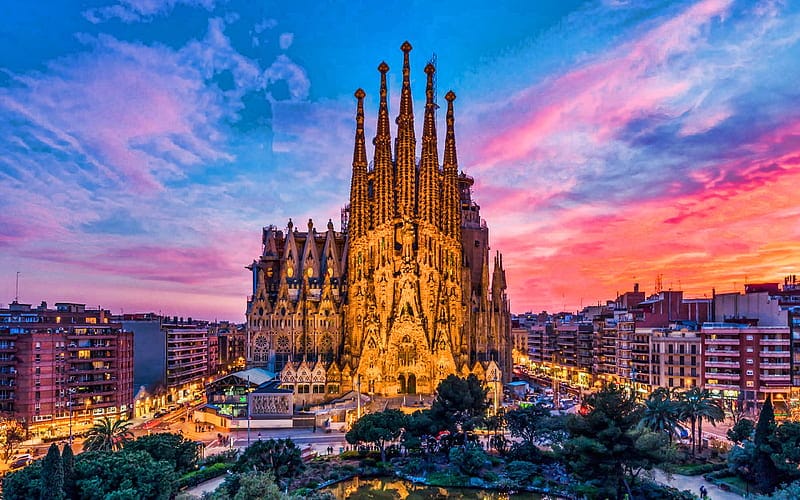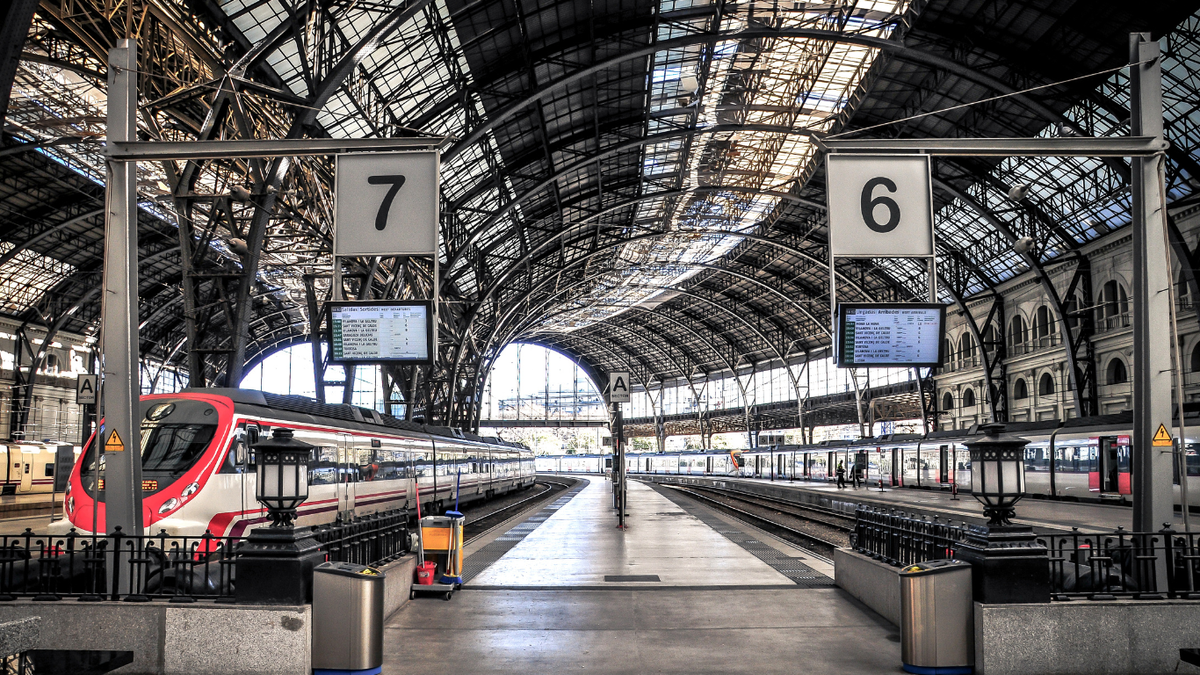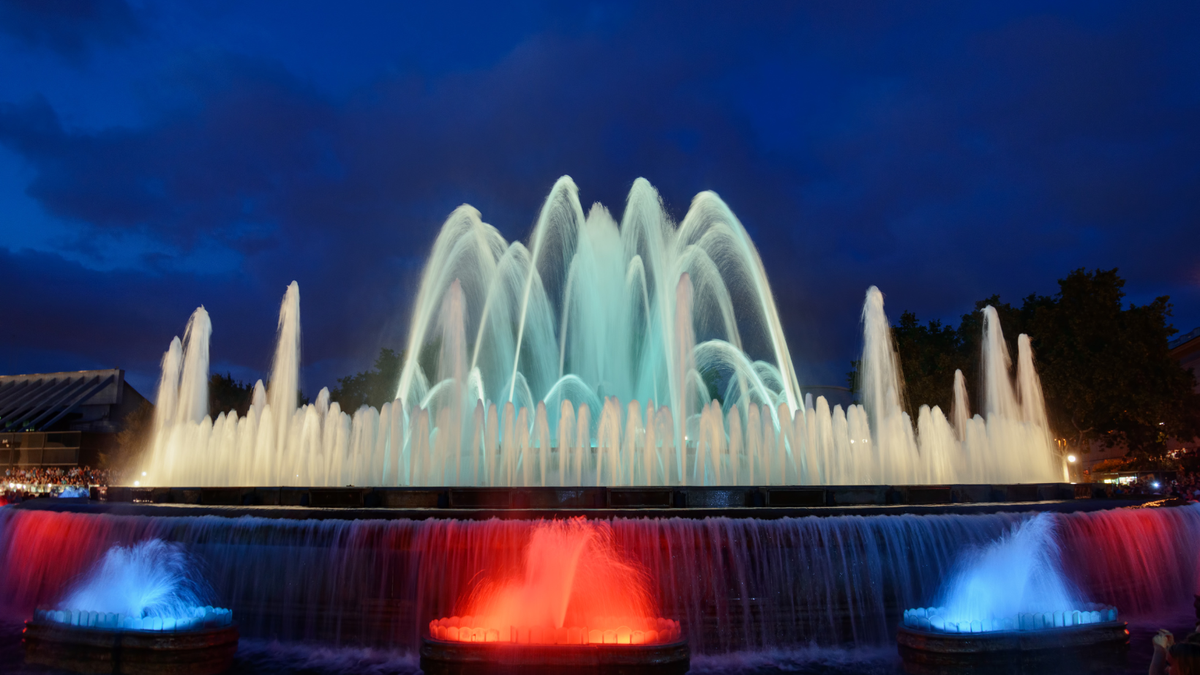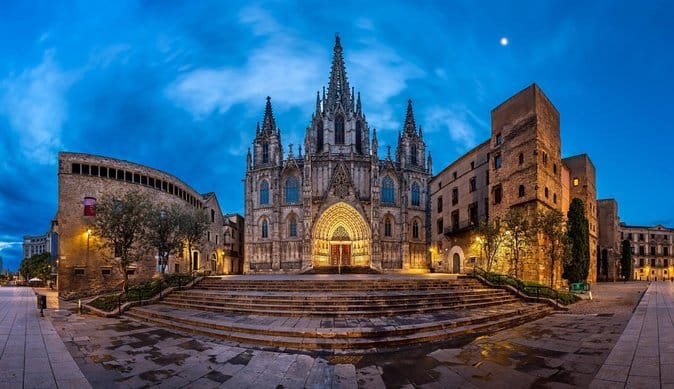10 Best Things To See In Barcelona's Gothic Quarter
Discover 10 of the best things to do in Barcelona's Gothic Quarter (Bari Gothic) while visiting this beautiful city.
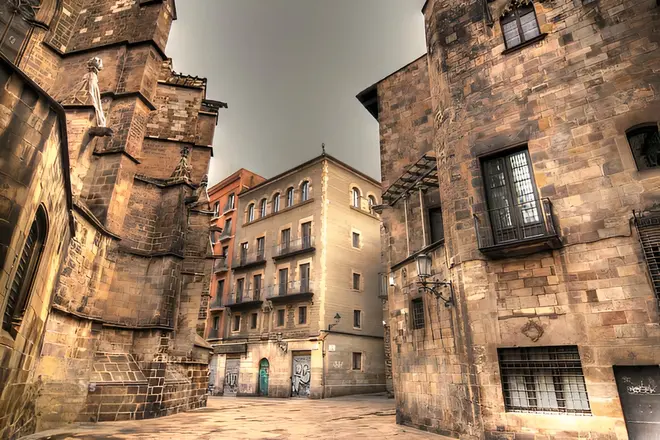
The Gothic Quarter — also known as the Barri Gòtic — is one of Barcelona's most popular neighborhoods for visitors to visit and explore. This Gothic Quarter Guide will help you discover the best things to do, and help fill out your Barcelona travel itinerary.
Cathedral of the Holy Cross and Saint Eulalia
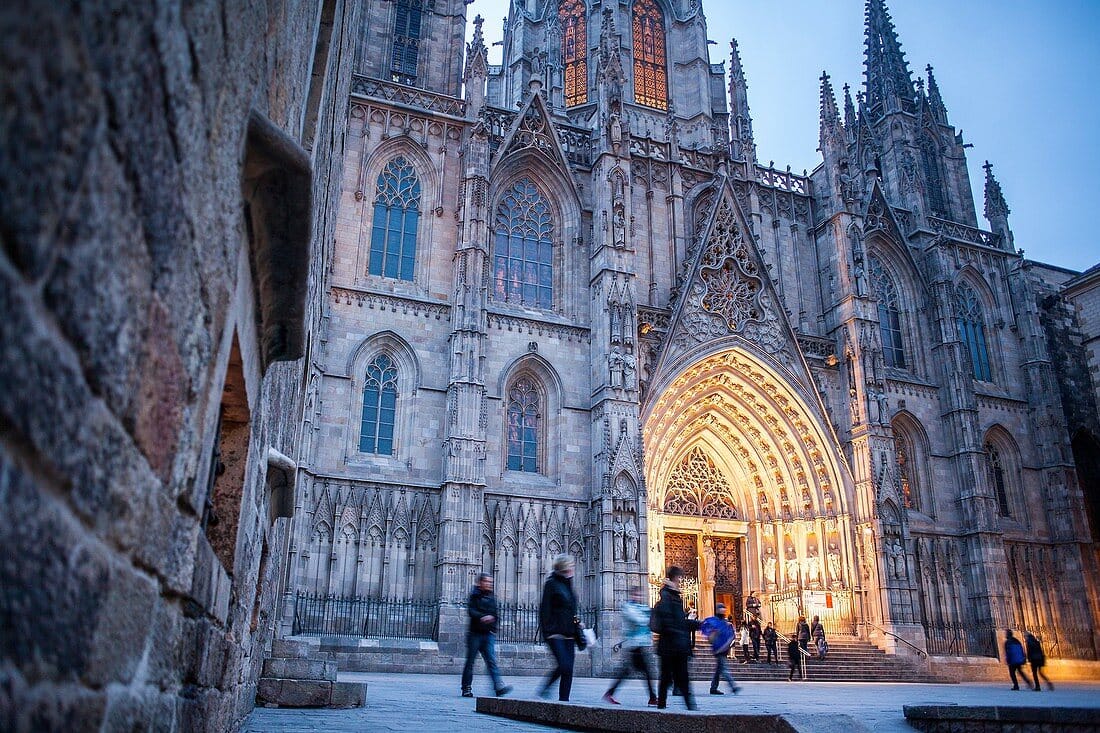
The stunning Cathedral of Barcelona, also known as the Cathedral of the Holy Cross and Saint Eulalia, is a masterpiece of Gothic architecture that dates back to the 4th century. Although it has been renovated multiple times, each layer of its history adds a unique charm, capturing styles from Paleo-Cristian to Visigoth to Romanesque periods. Save on your entry by getting your tickets in advance.
Museu Picasso

Art lovers should not miss the Museu Picasso, which houses one of the most extensive collections of Pablo Picasso's works. Located in five adjoining medieval palaces, the museum showcases Picasso's early years and his deep connection to Barcelona. The collection includes paintings, drawings, and ceramics, offering insight into the artist's development.
Association of Catalan Architects (COAC)
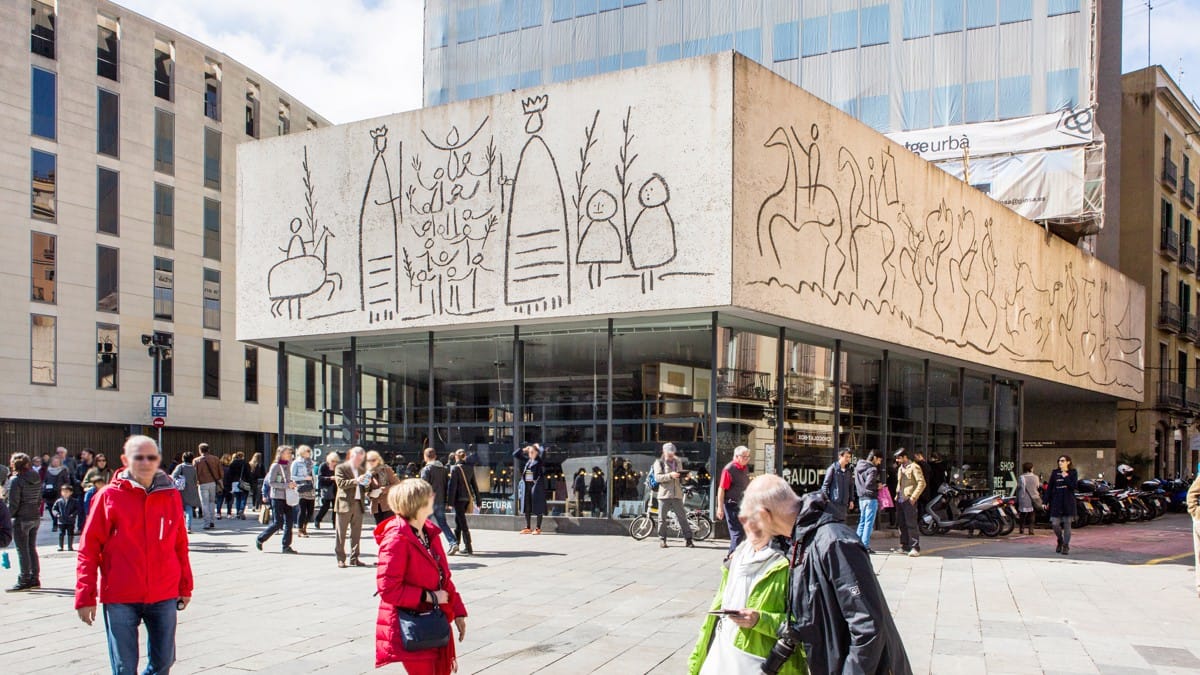
Right across from the Cathedral, the Association of Catalan Architects (COAC) stands out with its modern façade amidst the Gothic surroundings. The building features sand-cast friezes created by Norwegian artist Carl Nesjar in 1962, based on one of Picasso’s drawings. This site embodies the architectural evolution of Barcelona and is open to the public during special events like the 48H Open House Barcelona.
The Kiss Mural
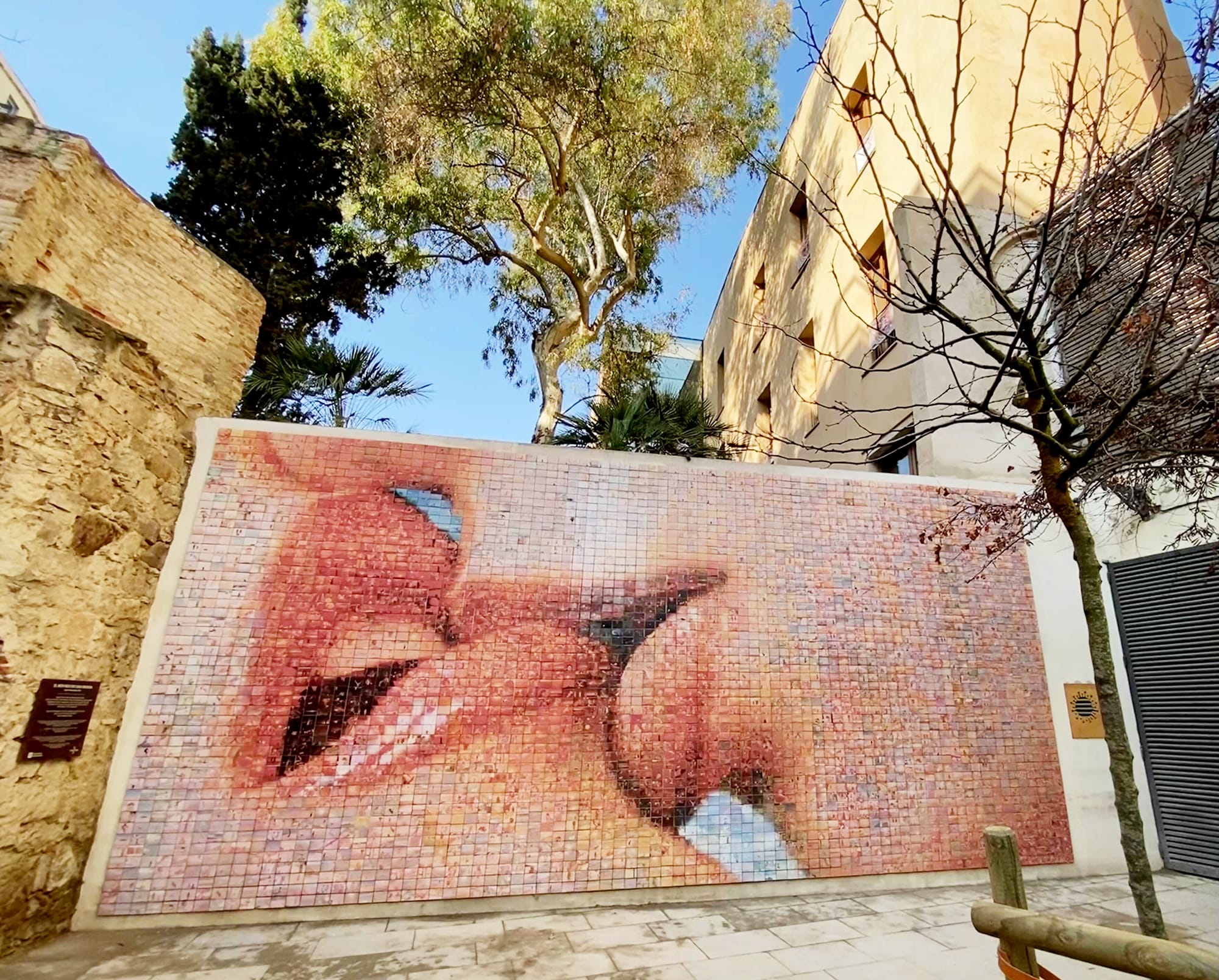
Just a block from the COAC, you'll find the iconic Kiss Mural, officially known as “El món neix en cada besada” (A world is born in every kiss). This photogenic spot was created by artist Joan Fontcuberta in 2014 using thousands of submitted photographs to commemorate 300 years since the siege of Barcelona. This mosaic represents moments of freedom and is a popular spot for visitors seeking a memorable snapshot.
The History Museum of Barcelona (MUHBA)
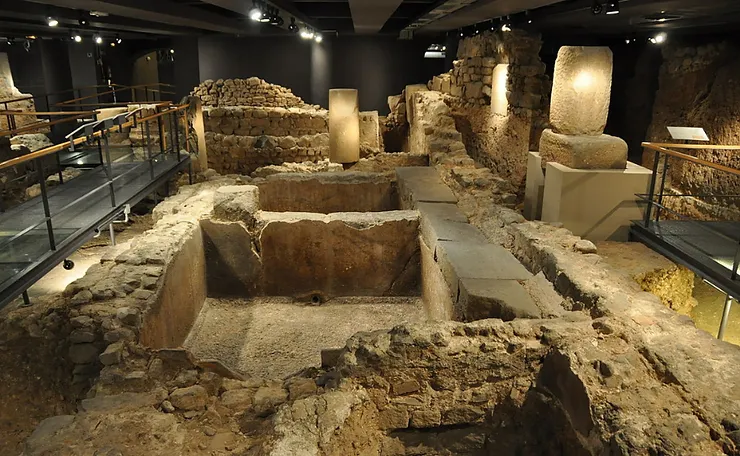
The MUHBA offers a profound dive into the ancient story of Barcelona through its extensive collection of archaeological sites and remains. Located at King’s Square, this museum is part of a network of historical sites across the city, providing a comprehensive overview of Barcelona's past from its Roman roots to the modern day. Take advantage of free entry on Sunday afternoons to explore this rich history.
Plaça Sant Jaume
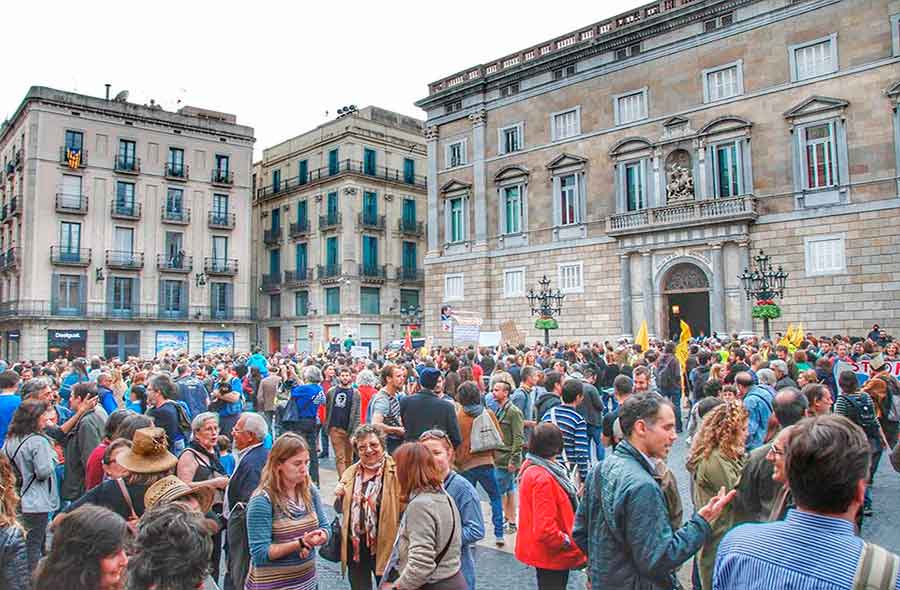
Plaça Sant Jaume is not only the administrative heart of both the city and Catalonia but also a stage for political expression and cultural events. Dominated by the impressive buildings of City Hall and the Palau de la Generalitat, this square is a key location for understanding Catalan political history and current affairs. The facade of the Palau de la Generalitat, featuring the Renaissance style and the statue of Saint Jordi, is particularly noteworthy.
Bishop Street Bridge
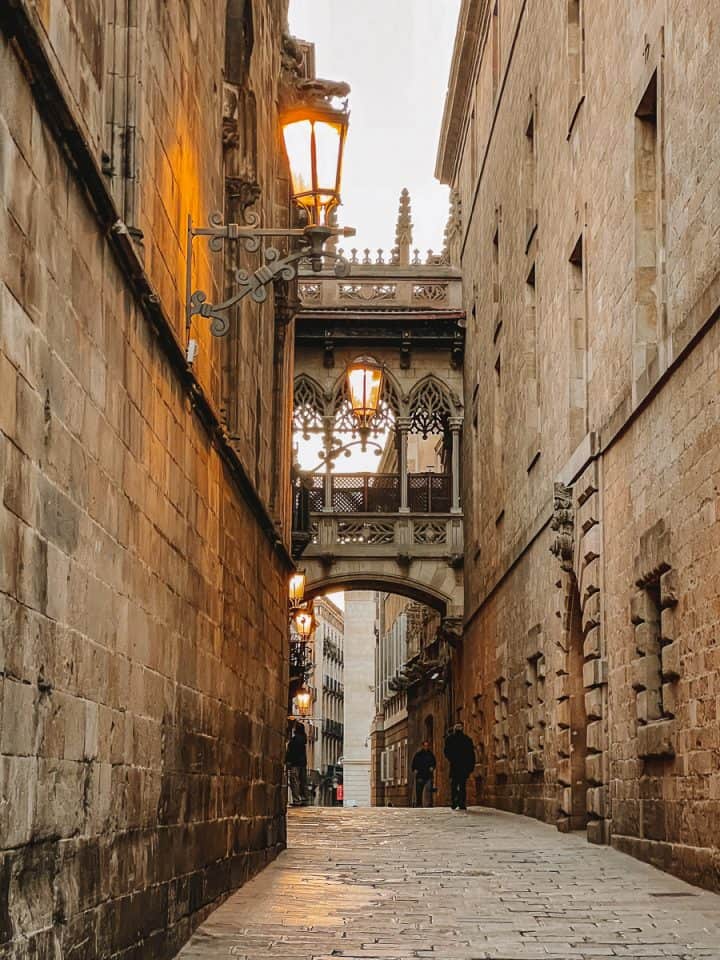
Connecting the Cathedral of Barcelona with the Palau de la Generalitat, the Bishop Street Bridge (Pont del Bisbe) is a stunning neo-Gothic construction from the 1929 International Exposition. Legend says a wish made while looking at the skull beneath the bridge will come true. This picturesque bridge is a favorite among locals and tourists alike for its architectural beauty and mythical allure. More about this bridge can be explored during walking tours of the area.
Plaça de Sant Felip Neri
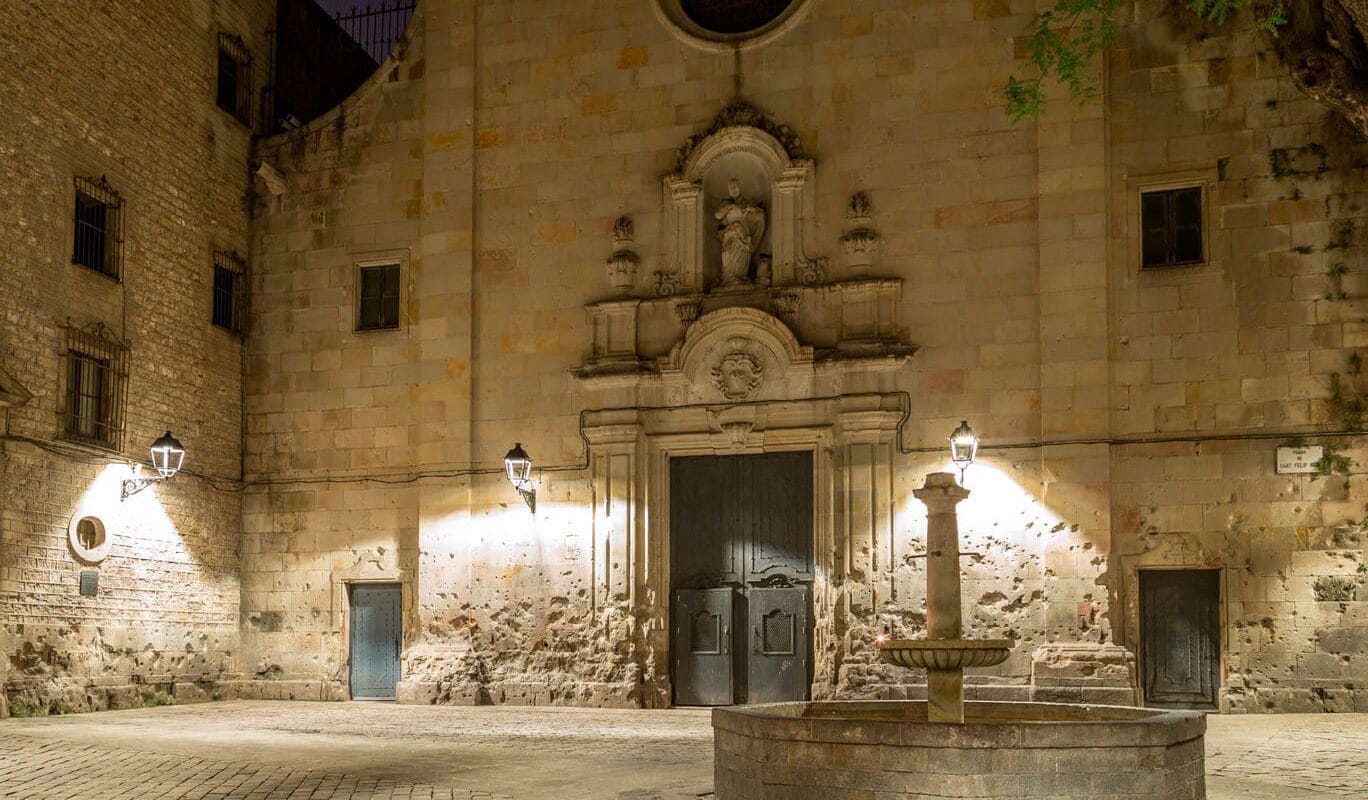
Hidden away in the Jewish Quarter, what is now part of the Gothic Quarter - Plaça de Sant Felip Neri is steeped in tragedy. The square is named after the church that bears the marks of a bombing during the Spanish Civil War, which killed numerous evacuee children. A recent plaque commemorates this sorrowful history, making it a poignant stop in the Gothic Quarter.
Santa Maria del Pi
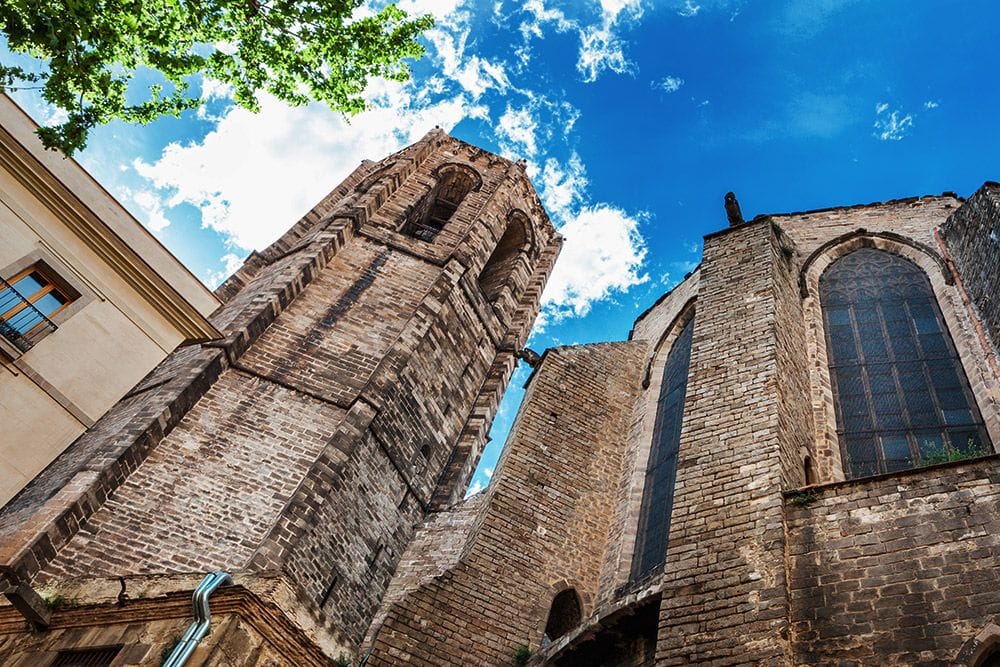
Located between La Rambla and Sant Felip Neri Square, the Church of Holy Mary of the Pine (Santa Maria del Pi) is an enduring symbol of survival through Barcelona’s turbulent history — from plagues and earthquakes to wars. Originally founded in 987 AD, it stands today as a premier example of Catalan Gothic architecture and is steeped in local legend, including the miraculous discovery of a Virgin Mary image inside a pine trunk. Step inside this historic church and explore the stories etched into its walls.
Royal Square (Plaça Reial)
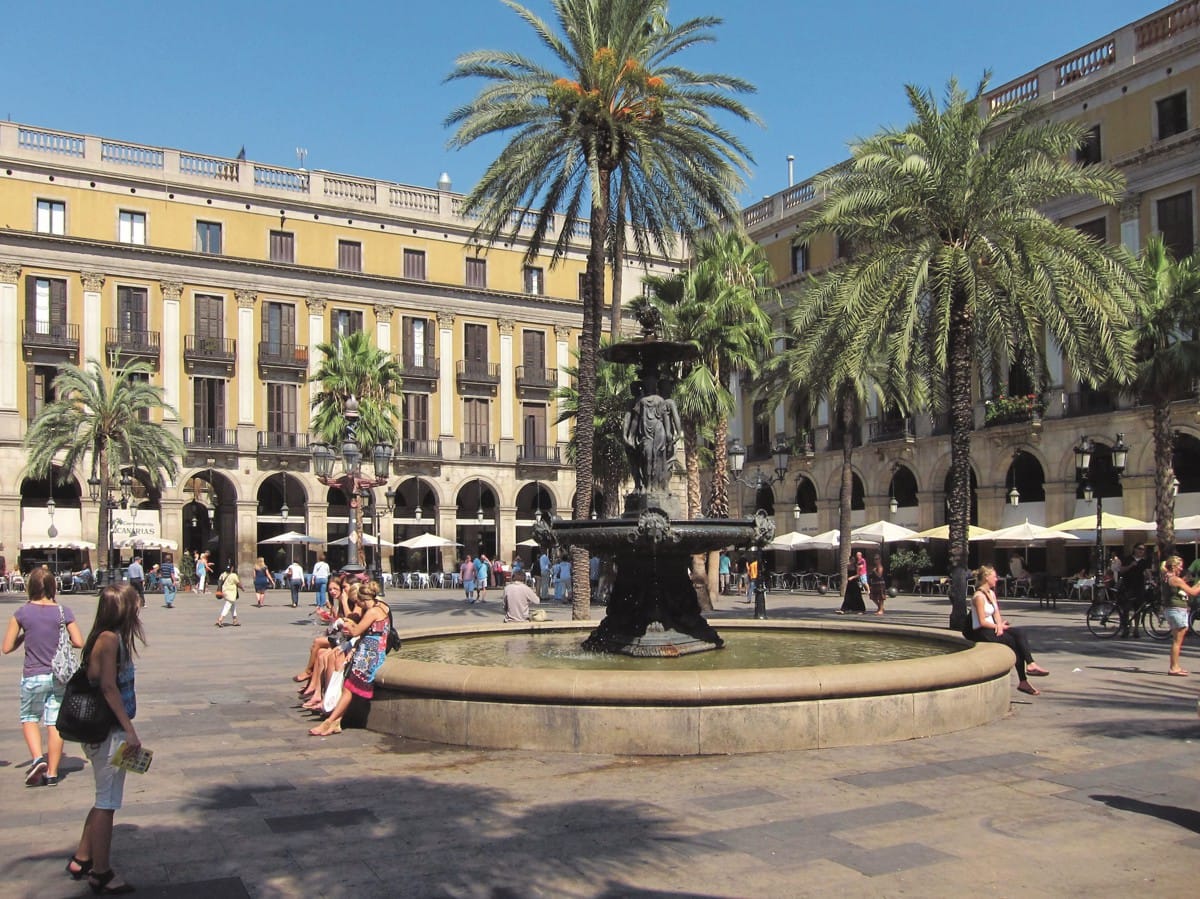
Lastly, the Royal Square (Plaça Reial) is a bustling hub in the Gothic Quarter known for its amazing nightlife and architectural elegance. Lined with palm trees and featuring a central fountain, it is surrounded by historic buildings that house some of Barcelona's most famous restaurants and clubs.
Each of these locations offers a unique glimpse into the rich historical tapestry of Barcelona's Gothic Quarter, ensuring that your journey through this ancient district is both enlightening and unforgettable. Explore these landmarks to truly capture the essence of Catalan heritage and create lasting memories of your travels.
FAQ
What are the top historical sites to visit in the Gothic Quarter of Barcelona?
Is there a fee to enter the Cathedral of the Holy Cross and Saint Eulalia?
What unique feature can be found at the Cathedral of the Holy Cross and Saint Eulalia?
When is the best time to visit the History Museum of Barcelona (MUHBA)?
What is special about the Bishop Street Bridge in the Gothic Quarter?
Explore More Of Barcelona, Spain
- Explore Barcelona's Sagrada Familia
- Free Things To Do In Barcelona
- Best Barcelona Neighborhoods & Hotels To Stay In
- Visiting Barcelona's Magic Fountain of Montjuïc
- Cheapest and Most Expensive Times To Visit Barcelona
- Tips For Getting Around Barcelona: Transportation Guide
- Top Attractions In Barcelona's Gothic Quarter
